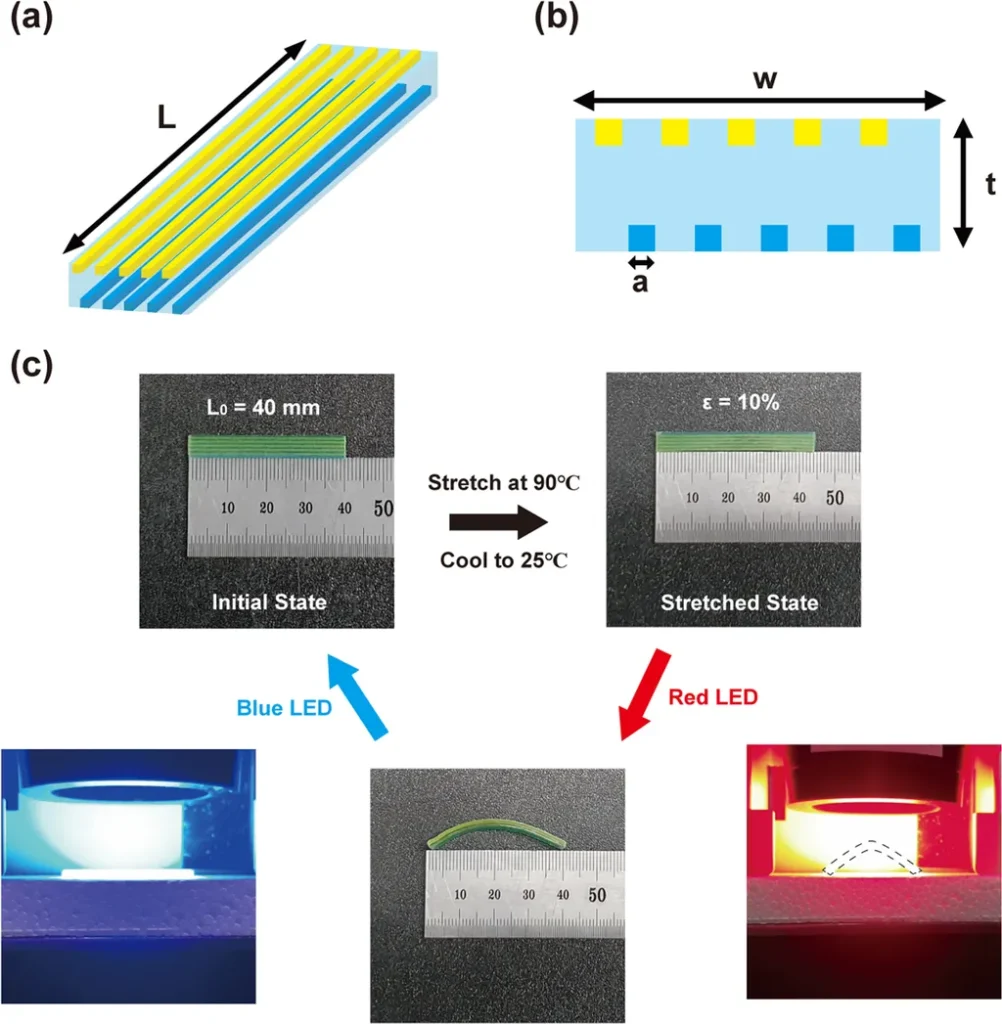In the rapidly evolving world of smart materials and additive manufacturing, researchers have made a significant stride in optimizing the performance of 4D-printed structures. A recent study, led by Jiazhao Huang from the Singapore Institute of Manufacturing Technology (SIMTech) under the Agency for Science, Technology and Research (A*STAR), delves into the intricate world of shape memory polymers and their application in foldable hinges, with promising implications for the energy sector.
The study, published in the journal ‘Materials & Design’ (translated as ‘材料与设计’), focuses on the shape memory behavior of polylactic acid (PLA) hinges created using fused deposition modeling (FDM). These hinges are crucial components in deployable 4D structures, which can undergo programmable deformations in response to external stimuli. The research team employed a Taguchi design of experiments to investigate the effects of various geometric and process parameters on the hinges’ performance.
Huang and his team found that the optimal hinge configuration, with a thickness of 0.8 mm, length of 0.6 mm, printing speed of 50 mm/s, and training temperature of 65 °C, achieved an impressive initial recovery ratio of 99.53 %. “This level of precision in recovery is a significant milestone in the field of 4D additive manufacturing,” Huang remarked. However, the study also revealed a trade-off between actuation speed and durability. Hinges trained at higher temperatures between 75 and 85 °C exhibited faster recovery but had a reduced lifespan.
The research also observed an over-recovery exceeding 100 %, likely due to geometric nonlinearity and thermal effects near the glass transition region. This finding opens up new avenues for exploring the complex interplay between geometry and thermal properties in 4D-printed structures.
The optimized hinge design was successfully implemented in an origami-inspired deployable structure, achieving deployment within 8 s. This rapid deployment capability has significant implications for the energy sector, where quick and efficient deployment of structures is often crucial. For instance, in renewable energy applications, such as solar panels or wind turbines, deployable structures can enhance efficiency and reduce costs by enabling quick setup and teardown.
The study’s findings provide quantitative guidelines for balancing speed, fidelity, and lifespan in 4D-AM components for reconfigurable systems. As Huang noted, “This research offers a roadmap for engineers and designers to create more reliable and efficient 4D-printed structures tailored to specific applications.”
The implications of this research extend beyond the energy sector. In healthcare, for example, 4D-printed structures could be used to create adaptive medical devices that respond to changes in the body. In architecture, they could enable the creation of dynamic buildings that adapt to environmental conditions.
As the field of 4D additive manufacturing continues to evolve, the insights gained from this study will undoubtedly shape future developments. By optimizing the performance of shape memory polymers, researchers are paving the way for a new generation of smart structures that are more efficient, reliable, and adaptable than ever before.

